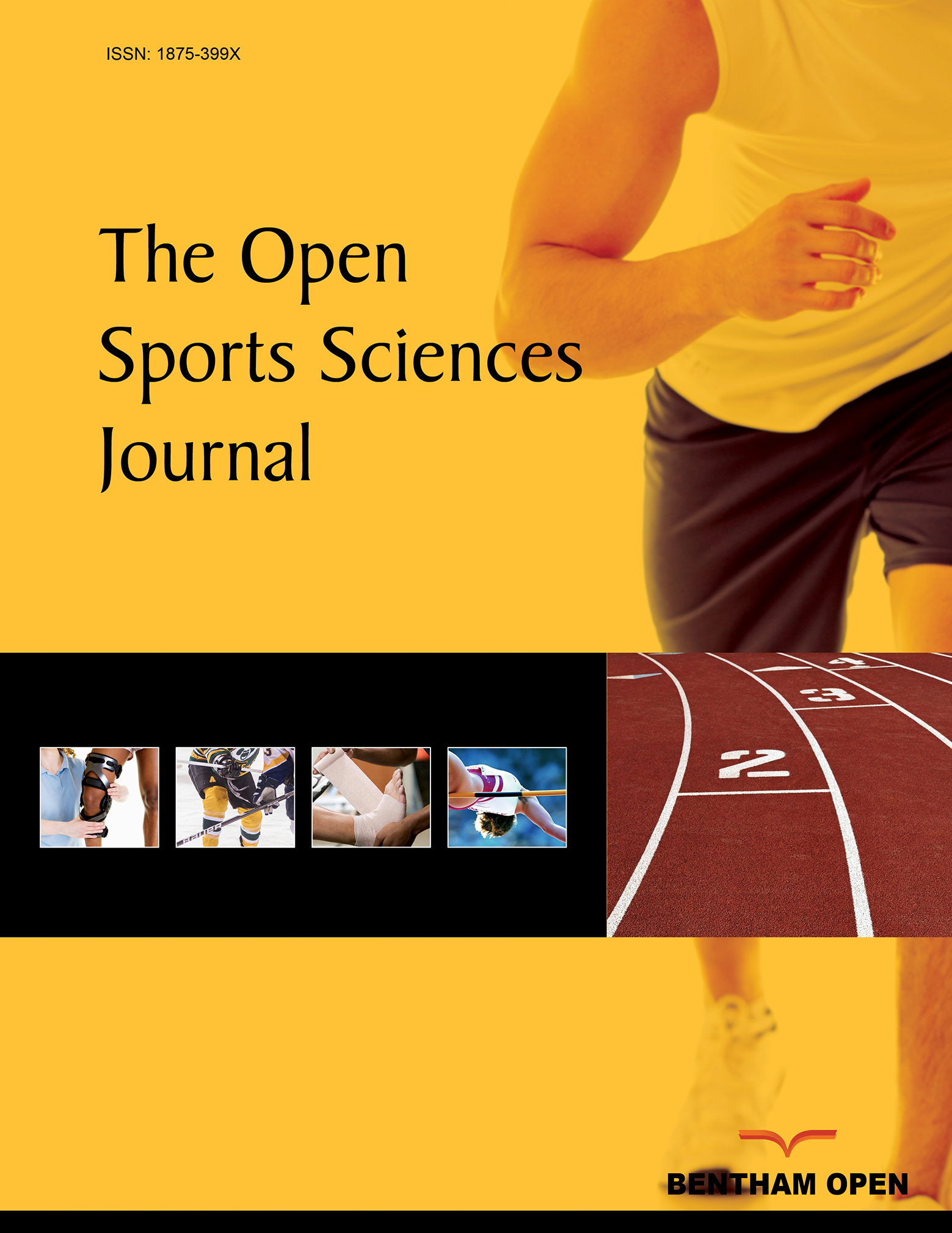All published articles of this journal are available on ScienceDirect.
Identifying the Most Successful Formula 1 Drivers in the Turbo Era
Abstract
Background:
Formula 1 is the world’s fastest auto racing circuit and one that is among the most-watched of all televised sports. With its international flair and glamor and the glitz it brings to viewers and spectators, it is no surprise that fans, commentators, and media covering the races enjoy ranking the most successful teams and especially the most successful drivers of all time. Yet, there are few empirical studies that have developed and/or applied rigorous methodological techniques to examine which drivers are the most successful within the recent turbo-hybrid era.
Objective:
This study uses novel group-based trajectory methods to rank the most successful drivers within the turbo area, 2014-2019.
Methods:
Group-based trajectory methods are used to identify distinct groups of drivers according to accumulated points.
Results:
Using total points accumulated during each respective season as our measure of success, results showed that the 45 drivers who competed during this time period could be classified into three groups, with the top-performing group of drivers being Lewis Hamilton and Nico Rosberg. A second better-performing group of six drivers followed and included Bottas, LeClerc, Räikkönen, Ricciardo, Verstappen, and Vettel. The remaining 37 drivers were classified into a third low-performing group, a great number of which scored zero points during the time period.
Conclusion:
The most successful Formula 1 drivers during the turbo era were able to be identified using group-based trajectory modeling, with Lewis Hamilton and Nico Rosberg identified as the best drivers based on accumulated points.


